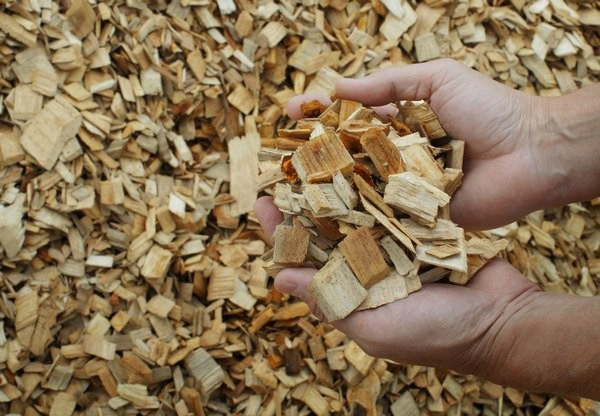Biofuel Energy Content Boosted to Crude Oil Level

Among the many challenges that biofuels face has been that quality and energy content are low. Now, scientists have developed a catalyst that takes care of this aspect and delivers the fuel energy content better than crude oil's and approximates that of diesel.
The oil in current-generation biofuel comes largely from plant residues, pruned waste and wood chips. Converting bulky plant residues into oil simplifies transport considerably and the product can go directly to a refinery. But, the quality of this oil does not yet equal that of crude oil. It has lower energy content per litre, is acidic and contains too much water.
A new, simple catalyst, developed at the University of Twente, in the Netherlands, improves the quality of this oil before it is even transported to the refinery.
The catalyst – sodium carbonate on a layer of alumina -- developed by Prof Leon Lefferts and Prof Kulathuiyer Seshan's group Catalytic Processes and Materials (MESA+ Institute for Nanotechnology/Green Energy Initiative) when added to the heated oil, boosts the energy content of the oil from 20 to 33-37 megajoule per kilogram.
This technology has been selected from dozens of projects for the follow-up of CatchBio, the national research programme that is helping to realise the European 2020 objective: 20% of fuel must come from renewable sources by 2020.
The technology is already being tested by KIOR in Texas, USA, on a small industrial scale, with a production of 4,500 barrels of oil per day.
The quality of the oil can be improved even more by adding the material caesium, as well as sodium carbonate.
Biofuel challenges
Land use conversion, economics of transporting raw biomass and their evolving biochemistry render biofuels a tough fuel proposition. But research efforts are on to circumvent these. Whether it is in the form of bacteria that break down lignin, or in ways to achieve better photosynthesis efficiencies, scientists are not giving up.
Meanwhile, a lack of political will and regulatory direction are seen to be stifling growth in the biofuel sector in Europe. In the US, the Energy Independence and Security Act of 2007 saw government support for the sector. EU is still far behind the US with respect to established legislation.
In a chicken or egg game, policy and capital have played spoilsport. While there cannot be stable policy without capital formation that delivers on policy goals, how does an investment take off in new technology sectors without policy stability?
© Copyright IBTimes 2024. All rights reserved.






















